Bourgogne VII - Clos de Vougeot
- Paolo Mittiga

- Jul 8, 2019
- 3 min read

In a hot early June 2019 day we finally got to dedicate a full day to Clos de Vougeot one of the most representative construction/ Chateau in the Côte de Nuits and the only Gran Crus vineyards which is not on a clear hill but rather on the plain.
The Clos de Vougeot in the heart of the Côte de Nuits occupies most of the vineyard area belonging to the commune of Vougeot. Vougeot's neighbours are Chambolte-Musigny, Flagey-Échezeaux and Vosne-Romanée. On the slopes at the upper end of the Clos, it abuts on the vineyards of Musigny and GrandsÉchezeaux. Founded around 1110 AD by the monks of nearby Cîteaux, who remained its owners until the French Revolution (1789), the Clos de Vougeot is a Burgundian icon. Its 50.59 ha. have never been broken up and it retains its identity intact within the walls which were built to enclose it 5 centuries ago.
Its wines are among the finest of the Grands Crus reds and it has held Grand Cru status since 31 July 1937.
With its medieval vat-house and presses, Cistercian cellar and original kitchens, it forms a unique architectural whole, attracting history lovers, architecture lovers or wine lovers. The Chateau du Clos de Vougeot also hosts famous receptions. It is renowned as one of the very best “table d’hôte” of France.
Even though the Chateau du Clos de Vougeot does not produce wine anymore, it stays the symbol of a millenary of Burgundy’s History.
The Confrérie des Chevaliers du Tastevin acquired the Château in 1945, and started to restore it, turning it into the seat of the Order.
Saint Bernard described some monks who were too attached to the «tastevin»: «Three or four times during the same meal a half-full cupping-glass is brought along it is sniffed more than drunk, tasted more than drunk. and finally, with sure taste and rapid decision, the best wine of all is chosen...» The sons of Citeaux bought some uncultivated land at Vougeot, for the price of two fustian tunics. They planted a vine there and bordered it with a wall, as had been established by Burgundian law since the VIth century. Great care was taken of their «dos»: the Order, which had been wisely informed, indicated the use of soft water; the Scriptures were happy about the attentìon the Master gave to stocks, presses and vine-dressers.
From the XIIth to the XVth century, the borders of the «dos» were fixed at 50 hectares. Eighty-four owners have now divided it into 200.000 bottles. The XVIth century Castle, the XIIth century cellar, the fermentation rooms with their huge medieval presses, are today the headquarters of the “Chevaliers du Tastevin».
We visited the chateau where all the historical presses and winemaking tools where in display and also the rooms built to host the meetings of the Tastevin.
The Soil
The diversity of soils within the Clos de Vougeot makes up a sort of needie-point tapestry. At about 255 metres above sea-level, its upper end is gently sloping, with soil only some 40 cm deep, coarse-grained and gravelty over a limestone base. In the centre, at about 250 metres of altitude, the soil is still shallow (45 cm), brown, more clayey, overlying broken limestone. The lower portion (around 240 metres) has a brown soil which is deeper (90 cm) and lies on a layer of marl, rich in clay and alluvium. The rocks belong to the Jurassic period (175 million years BC).

The wines
Here's presence!" exclaims Hugh Johnson's Wine Guide. Nowadays the vineyard is divided among numerous owners and for this reason no single description can be applied to the reds wines. There are, however, common features: very intense colour ranging from strawberry red to deep garnet; a suave bouquet, redolent of springtime of blown roses at dawn, of violets in the morning dew, of moist mignonette... Add to these blackberries, raspberry, wild mint, liquorice and truffle... On the palate, the taste is masterful, rich, succulent and mellow, combining elegance and delicacy with meaty fullness. A long finish in the mouth and long aging potentiai (anything from 10 to 30 years and sometimes even more).
Red: this mouth-filling and noble wine demands to be matched with food that is equally as rich, smooth, opulent, and complex. The emphasis therefore will normally be on musky and marbled meats: forerib of beef, braised lamb, roast veal with mushrooms or a nice game-bird (in sauce or simply roasted). The meat must not be too firm, thus allowing the tannins of the Clos de Vougeot to envelop it without being over-dominant.
Cheeses: preferably soft-centred cheeses such as Epoisses, Langres, Soumaintrain, Saint-Florentin, and not forgetting Cîteaux, whose monks first established this famous vineyard.
Serving temperatures: 12 to 13°C for young wines, 15 to 16°C for older wines.
One of the largest owner of the Clos de Vougeot is Chateau de la Tour .. this is the topic of our next blog .. follow us





















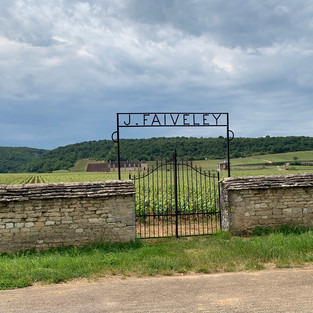














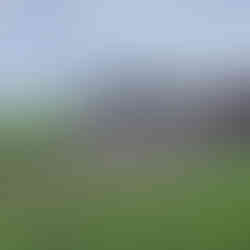



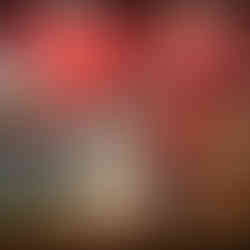













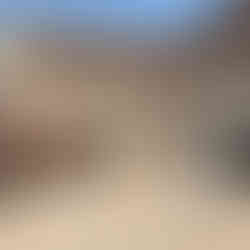












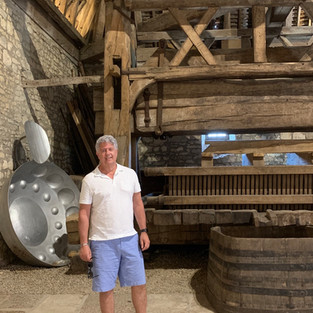




Comments